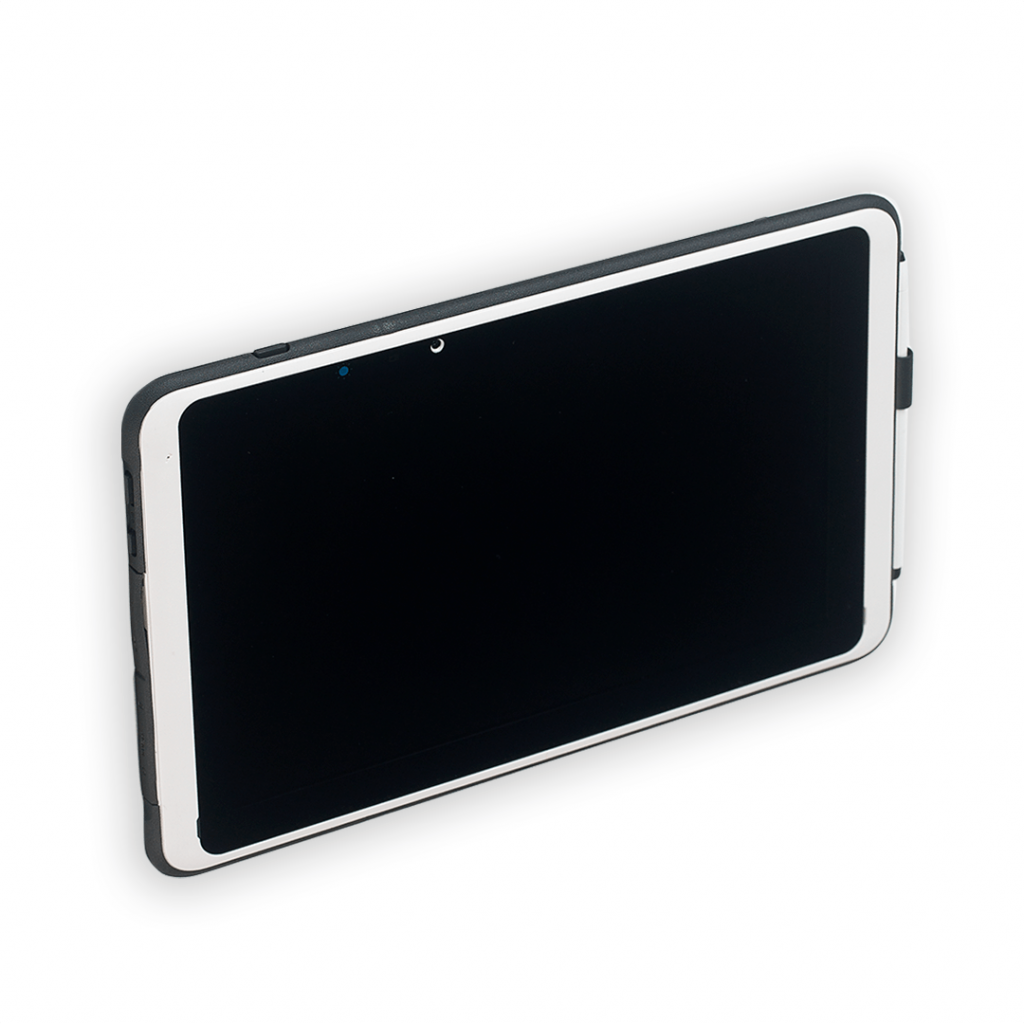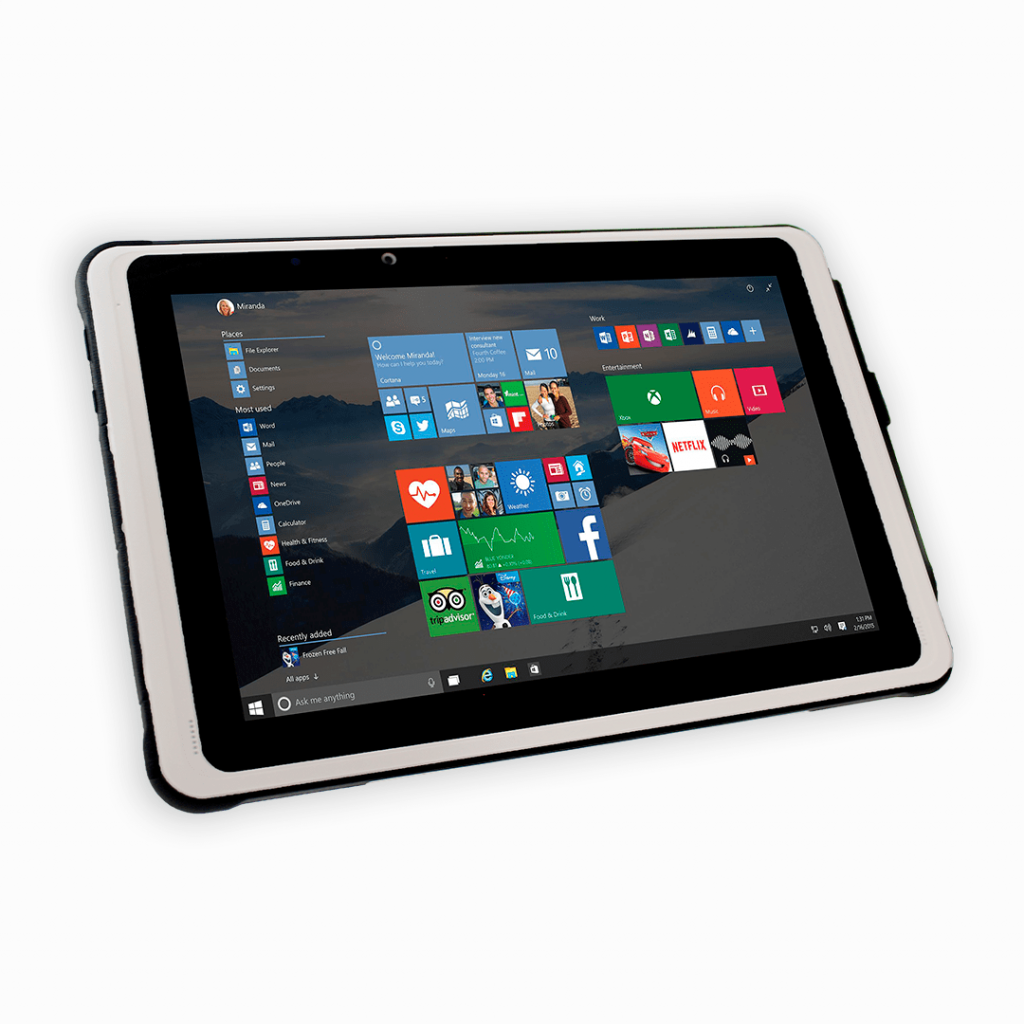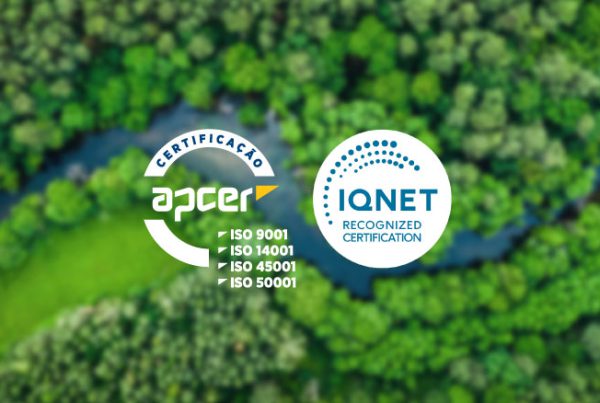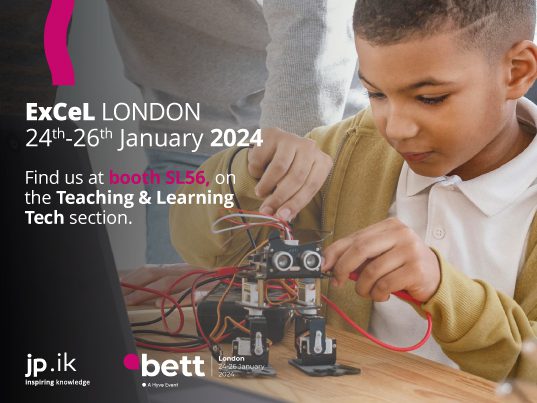When it comes to design and implement an ICT-based education project, choosing the proper device might be a challenging task.
The fact is the best technology integration tends to occur in learning ecosystems created around a focused pedagogical vision, such as a project-based science academy. That said, to make the most of the investment, school leaders should do three things.
Firstly, it is crucial to work with their communities to achieve a clear vision for how new technology can improve the teaching and learning experiences.
Then, they should assist educators imagining how new technologies can leverage that vision. Finally, it is important to assist educators and learners on a development journey that will take them from using the devices for consumption to use them for creation and connection.
The range of technological possibilities to bring inside the classroom is wide. From laptops, to tablets or 2-in-1, there is the eagerness of selecting the right device for the project.
Mobile devices as teaching tools are increasingly more and more common part of the education experience in classrooms. For instance, tablets can make a positive difference in how students learn. The fact is, when used the right way, tablets have the potential of assisting students to learn more and build knowledge.


Learn anywhere, anytime
jp.ik developed MOVE S101 to be a mobile digital tool. The portability of a tablet enhances the sense of freedom to take learning outside the classroom.
MOVE S101 was thought for a mobile learning experience, leveraging an interactive way of learning. For instance, bringing tablets into the classroom improves direct communication and allows to hand over engaging material to the learners in real time and in just a couple of clicks. In addition, using the tablets in the classroom allows a faster visualization, fostering cultivating scientific skills, as well as creativity.
In sum, when deciding whether to integrate tablets into the classroom, it is key to determine the projects’ ultimate purposes and its major stakeholders.



